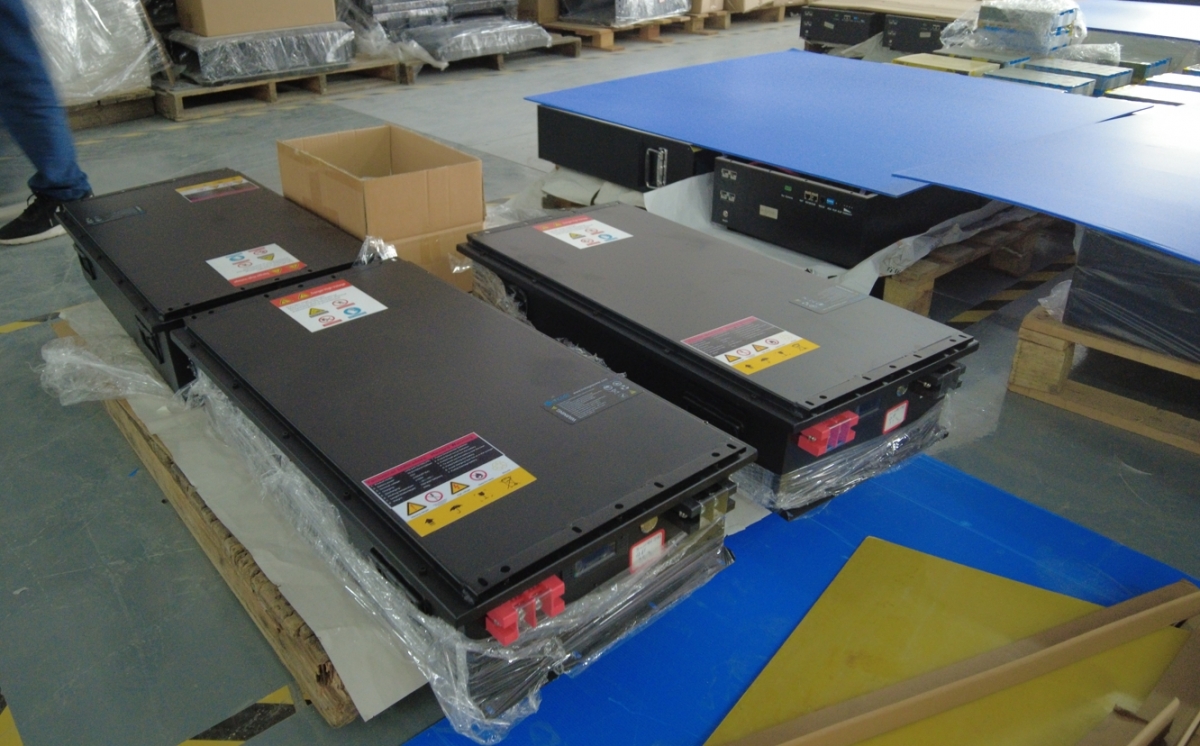- 24
- Feb
What are the characteristics of lithium iron phosphate batteries?
1. High energy density of lithium iron phosphate battery
According to reports, the single energy density of the square aluminum shell lithium iron phosphate battery mass-produced in 2018 is about 160Wh/kg, and some battery companies can reach the level of about 175-180Wh/kg in 2019, and individual powerful companies can overlap The stacking process and capacity can be made larger or 185Wh/kg.

Ceallraí fosfáit iarainn litiam
2. The safety of lithium iron phosphate battery is good
The electrochemical performance of the negative electrode material of lithium iron phosphate battery is relatively stable. This determines that it has a seamless charging and discharging platform, so the battery structure remains unchanged during the charging and discharging process, it will not explode, and it is also very safe under special conditions such as short circuit, overcharge, extrusion, and dipping.
3. Long life of lithium iron phosphate battery
The 1C cycle life of lithium iron phosphate batteries generally reaches 2000 times, or even more than 3500 times. Taking the energy storage market as an example, it guarantees more than 4000 to 5000 times, 8 to 10 years of life, and ternary batteries. The cycle life of more than 1000 times, longevity lead The cycle life of an acid battery is around 300 times. The left side of the lithium iron phosphate battery is an anode composed of an olivine-structured LiFePO4 material, which is connected to the battery anode with aluminum foil. On the right is the negative electrode of the battery composed of carbon (graphite), which is connected to the negative electrode of the battery by a copper foil. In the middle is a membrane that separates the polymer from the anode and cathode. Lithium can pass through the membrane, electrons cannot. The interior of the battery is filled with electrolyte, and the battery is sealed with a metal casing.
Lithium iron phosphate batteries have many advantages such as high working voltage, high energy density, long cycle life, low self-discharge rate, no memory, environmental protection, etc., and support stepless expansion suitable for large-scale power storage. It has good application prospects in the safe grid connection of renewable energy power stations, grid peak regulation, distributed power stations, UPS power supplies, and emergency power systems.
With the rise of the energy storage market, some power battery companies have deployed energy storage services in recent years, opening up new application markets for lithium iron phosphate batteries. On the other hand, lithium phosphate has the characteristics of long life, safety, large capacity, and environmental protection. Transferring to the field of energy storage can extend the value chain and promote the establishment of new business models. On the other hand, the energy storage system attached to the lithium iron phosphate battery has become the mainstream choice in the market. According to reports, lithium iron phosphate batteries have been used for frequency modulation of electric buses, electric trucks, user terminals, and grid terminals.
Renewable energy power generation such as wind power generation and photovoltaic power generation is safely connected to the grid. The inherent randomness, intermittency and volatility of wind power generation determine that the large-scale development will have a significant impact on the safe operation of the power system. With the rapid development of the wind power industry, especially most of the wind farms in our country belong to “large-scale centralized development and long-distance transportation”, the grid-connected development of large-scale wind farms poses severe challenges to the operation and control of large power grids.
